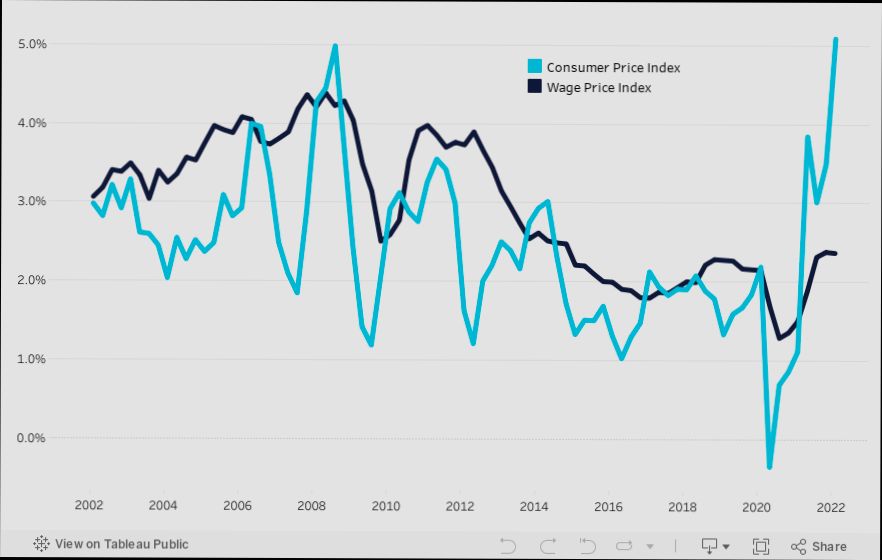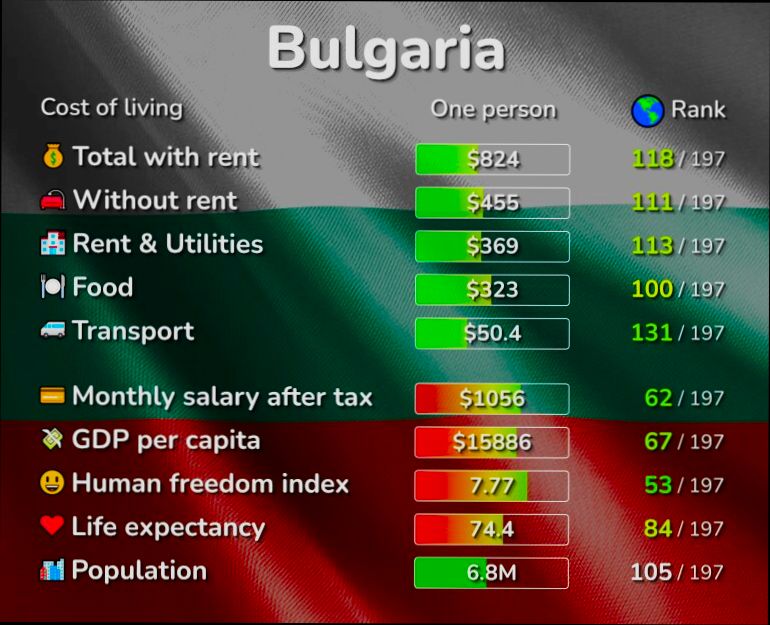Pros and Cons of Living in Aberdeen can be a real eye-opener if you’re considering a move to this city in northeast Scotland. On the plus side, Aberdeen boasts a rich cultural scene that includes the dynamic Aberdeen International Youth Festival and the famous Aberdeen Maritime Museum, where you can dive into the city’s deep-rooted history in shipping and oil. With over 200 parks and gardens, the city also offers plenty of green spaces for those sunny days, and it’s often called the “Granite City” due to its striking gray-stone architecture. Plus, living costs are relatively low compared to other UK cities, with average rents around £700 for a one-bedroom flat.
However, life in Aberdeen isn’t all rosy, especially when it comes to the notoriously chilly weather. Residents often grin and bear long winters that can stretch out with strong winds and occasional snow, which might not be everyone’s cup of tea. The city’s job market, while booming thanks to the oil industry, can feel limited if you’re not in that sector, making it tough for career changers. And hey, while there’s a decent nightlife scene, don’t expect the buzzing bustle you’d find in cities like Glasgow or Edinburgh—things can quiet down pretty early. Whether you’re drawn in by the historical charm or deterred by the quirks of the climate, living in Aberdeen has distinct ups and downs that are worth considering.
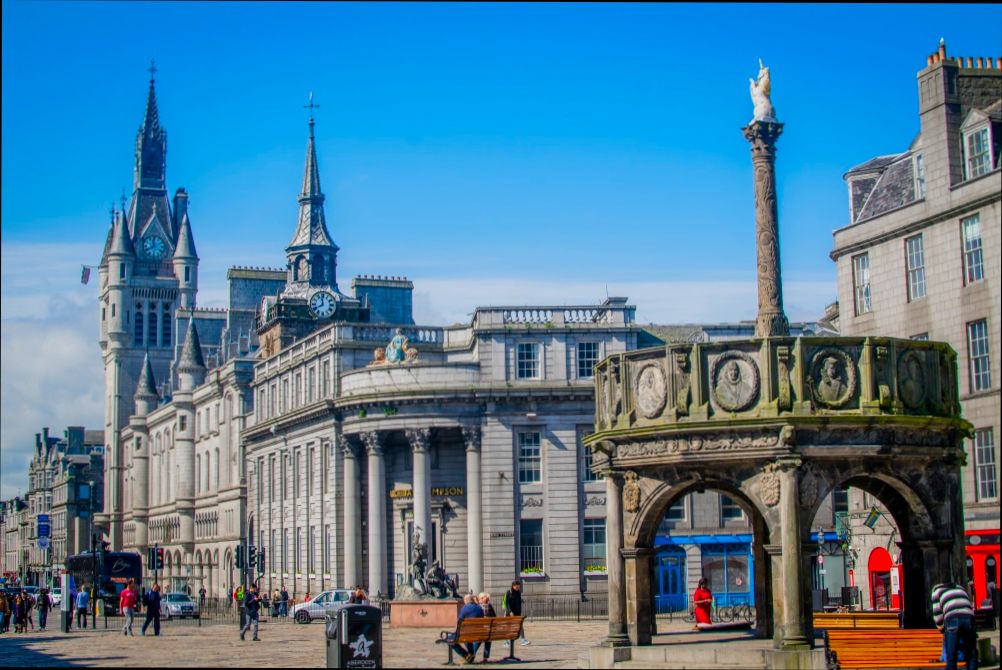
Cost of Living Analysis in Aberdeen
Living in Aberdeen comes with its own unique cost considerations. From groceries to transportation, understanding the cost of living can help you budget effectively and plan for your new life in the “Granite City.” Let’s dig into some key insights about how much you might spend living here.
Monthly Expenses Overview
- A single person’s average monthly costs are around £611.15, excluding rent.
- For families, the monthly cost rises significantly, averaging £1,561.57 for a family of four, excluding rent.
- The average monthly salary after tax in Aberdeen is approximately £2,721.00.
Pricing Insights
Navigating daily expenses in Aberdeen can vary greatly depending on your lifestyle choices. Here are some key categories to consider:
Food and Dining Costs
| Item | Price (£) |
|---|---|
| Casual Dining Experience | £19.18 |
| Upscale Dinner for Two | £67.14 |
| Fast Food Combo | £6.71 |
| Local Draft Beer (Pint) | £4.47 |
| Cappuccino | £3.58 |
Eating out can add up, especially if you opt for fine dining. Frequent diners should factor these costs into their budgets.
Grocery Expenses
Here’s a breakdown of grocery prices to consider:
| Item | Price (£) |
|---|---|
| Milk (1 litre) | £1.42 |
| Fresh White Bread (1 kg) | £2.68 |
| Chicken Fillets (1 kg) | £6.45 |
| Dozen Eggs | £2.73 |
| Apples (1 kg) | £2.87 |
These grocery prices indicate that while some staples are affordable, others, especially meats and dairy, can be more costly. Budgeting for groceries will largely depend on your dietary preferences.
Transportation Costs
Getting around the city is another crucial cost factor:
- A one-way ticket for local transport costs about £4.02.
- An average monthly public transport pass is £89.51.
- Taxi fares start at around £3.33, with an average cost of £2.82 per kilometer.
Given these transportation costs, consider whether you’ll rely on public transport or if you prefer using a car.
Real-World Examples
- If you dine out frequently—say, two upscale dinners a month—you might spend around £134.28 just on those meals.
- A family of four might incur monthly grocery costs totaling around £400, given essential items and occasional treats.
Practical Considerations
When moving to Aberdeen, consider these actionable insights:
- Set aside a specific budget for dining out to avoid overspending. The average cost for two in a casual setting can quickly accumulate.
- It’s wise to shop around for groceries, as there can be significant price variations between items.
- If you plan to use public transport, purchasing a monthly pass can save you money in the long run.
Final Considerations
Being aware of these cost factors can greatly enhance your budgeting process in Aberdeen. Having a clear understanding of your expected food, transportation, and grocery expenses will make your transition smoother. Consider all these aspects when planning your move, and don’t hesitate to adjust your lifestyle accordingly to fit into the Aberdeen cost model.

Job Market Opportunities and Challenges
Living in Aberdeen presents a unique array of job market opportunities intertwined with distinct challenges. The local economy is characterized by the presence of key industries, but it also faces fluctuations that can impact job security and growth prospects. Let’s delve into these aspects to get a clearer view of what you might encounter in your career journey in Aberdeen.
Opportunities
Aberdeen has a thriving energy sector, primarily due to its history as an oil and gas hub. According to recent data, approximately 60% of job opportunities in the area are related to this industry. This dominance offers lucrative salaries, with average earnings in heavy industries surpassing £50,000 per annum.
Other emerging sectors include:
- Renewable Energy: With a growing emphasis on green technologies, job openings in this field are increasing, projected to grow by 15% by 2025.
- Technology and Innovation: Startups and tech companies in Aberdeen are expanding rapidly, contributing to a surge in IT-related positions, estimated to rise by 10% annually.
- Healthcare: The demand for healthcare professionals remains high, particularly within local hospitals and clinics, reflecting a stable sector amidst economic uncertainties.
Challenges
Despite these opportunities, there are notable challenges in the Aberdeen job market:
- Job Market Volatility: The reliance on oil and gas makes the job market susceptible to global price fluctuations, leading to periodic layoffs or hiring freezes.
- High Competition: With many graduates entering the workforce, especially from local universities, competition for desirable positions can be fierce; recent statistics show that over 1,500 graduates enter the job market every year.
- Cost of Relocation: For those looking to move to Aberdeen for jobs, the high cost of transitioning may deter applicants, as relocation expenses can average around £2,800.
| Sector | Growth Potential | Average Salary | Job Competition |
|---|---|---|---|
| Oil and Gas | Moderate | Over £50,000 | High |
| Renewable Energy | High | £40,000 - £50,000 | Moderate |
| Technology & Innovation | High | £30,000 - £45,000 | High |
| Healthcare | Stable | £28,000 - £45,000 | Moderate |
Real-World Examples
A local tech startup, Code Aberdeen, recently reported a project-based hiring initiative that created 50 new jobs focused on software development. This highlights how innovative companies are leveraging local talent and creating excitement around job growth.
Conversely, the well-established oil company, Aberdeen Energy, announced a reduction of its workforce by 20% due to falling oil prices, demonstrating the precarious nature of jobs tied to fluctuating markets.
Practical Implications
For job seekers, understanding the landscape is crucial. Here are some actionable insights:
- Network Actively: Engage with local industry groups and attend job fairs to increase your visibility and connections.
- Upskill in Emerging Fields: Consider pursuing certifications in renewable energy or technology to boost your employability.
- Be Resilient: Prepare for fluctuations in job availability, particularly in the oil and gas sector, by diversifying your skills.
Actionable Advice
- Keep an eye on job trends in emerging sectors such as tech and renewable energy, as they are growing in tandem with global shifts towards sustainability.
- Leverage online platforms like LinkedIn to connect with industry professionals and stay updated on job openings that align with your skills and interests.
- Evaluate the cost versus benefit of relocating to Aberdeen, accounting for both job security and potential salary benefits in your field of expertise.

Cultural Attractions and Community Life
Living in Aberdeen means immersing yourself in a vibrant cultural scene and a strong sense of community. The city boasts a rich history, diverse traditions, and an array of events that celebrate its unique heritage. Whether you’re an art enthusiast, a history buff, or someone who loves community gatherings, there’s something in Aberdeen that will resonate with you.
Thriving Cultural Venues
Aberdeen is home to numerous cultural attractions that appeal to a wide range of interests. Here are some highlights:
- The Aberdeen Art Gallery: Recently renovated, this gallery offers a fantastic collection of artwork, showcasing both local and international artists.
- His Majesty’s Theatre: A historic venue where you can catch everything from West End musicals to ballet performances.
- The Maritime Museum: This treasure trove highlights Aberdeen’s deep connection to the North Sea and maritime history.
Community Events and Festivals
Aberdeen is known for its lively community spirit, which is reflected in its annual events and festivals. Here are a few noteworthy gatherings:
- The Aberdeen International Youth Festival: Emphasizing youth and cultural exchange, this festival attracts performers and artists from around the globe.
- The Aberdeen Mela: A vibrant celebration of multiculturalism featuring music, dance, and food from various cultures, promoting community engagement and inclusiveness.
- Winter Festival: A magical experience with festive markets, light displays, and local entertainment, encouraging community participation during the holiday season.
Cultural Impact Data
To give you a clearer picture of how vibrant the cultural scene is, consider the following data points:
| Cultural Attraction | Annual Visitors | Community Events per Year |
|---|---|---|
| Aberdeen Art Gallery | 120,000 | 25 |
| His Majesty’s Theatre | 150,000 | 12 |
| Aberdeen International Youth Festival | 10,000 | 1 |
Real-World Examples of Community Life
Aberdeen’s community initiatives play a fundamental role in bringing residents together. For instance, local groups often organize neighborhood clean-ups, fostering a sense of pride and ownership in the community. The Aberdeen Society of Architects hosts regular workshops, connecting aspiring architects with professionals to nurture talent.
Moreover, community centers like the Tillydrone Community Development Trust focus on engaging residents through various programs, including cooking classes, exercise groups, and craft days that not only serve to educate but also foster friendships.
Practical Implications for You
Engaging with Aberdeen’s cultural attractions and community life isn’t just about entertainment; it provides significant benefits. Participating in local events is a great way to meet new people and build connections, especially if you’re new to the city.
Additionally, regular attendance at cultural events can enhance your understanding of Aberdeen’s history and societal values. Many local organizations offer volunteer opportunities, allowing you to invest in the community while gaining skills and experience.
For those looking to experience the local culture firsthand, consider visiting venues and attending events that pique your interest. Joining social media groups or local community boards can also keep you informed about upcoming activities and gatherings.
Key Advice
- Explore regularly: Attend different cultural events to appreciate the diversity Aberdeen has to offer.
- Get involved: Look for volunteer opportunities through local organizations to feel more connected and engaged.
- Invite friends: Share your experiences with new friends or colleagues, making outings more enjoyable and fostering deeper connections within the community.

Climate Considerations for Residents
When considering life in Aberdeen, the climate plays a significant role in shaping your experience. Its coastal location means unique weather patterns that can influence everything from daily activities to long-term health. Understanding these climate nuances can help you prepare for life in this vibrant city.
Temperature and Rainfall Insights
Aberdeen is known for its cool, temperate maritime climate, which affects daily living. Here are some key weather statistics to keep in mind:
- Average Annual Temperature: The average annual temperature hovers around 8.5°C (47.3°F).
- Rainfall: Residents can expect about 957 mm (37.7 inches) of rainfall each year, with the wettest months typically from October to December.
- Sunshine Hours: On average, Aberdeen receives only about 1470 hours of sunshine annually, often leading to cloudy or overcast days.
Seasonal Weather Patterns
Understanding the seasonal variations can help you plan your wardrobe and activities better:
| Season | Average High | Average Low | Rainfall (mm) |
|---|---|---|---|
| Winter | 5°C | 0°C | 60 |
| Spring | 9°C | 2°C | 50 |
| Summer | 16°C | 10°C | 60 |
| Autumn | 10°C | 5°C | 80 |
This table demonstrates that winter can be particularly chilly, and layering becomes essential. Spring and summer provide more mild temperatures, although they can still be rainy.
Real-World Examples
Many residents have adapted their lifestyles to accommodate Aberdeen’s climate. For instance, local gardening enthusiasts often opt for hardier, frost-resistant plants, enabling them to enjoy blooming flowers despite the cooler temperatures. Additionally, outdoor events frequently have contingency plans for rain, with tents being a common sight for festivals in the summer.
Practical Implications for Residents
- Clothing: Invest in a good waterproof coat and sturdy boots, as wet conditions can be frequent. Layering is key for dealing with temperature shifts throughout the day.
- Outdoor Activities: Regularly check weather forecasts, and be prepared for spontaneous changes. Finding indoor activities or sports can be a great way to stay active during rainy periods.
- Community Engagement: Join local groups focused on outdoor activities; many organize events irrespective of the weather, ensuring you can maintain an active social life.
Actionable Advice
- Don’t forget to check your local weather app daily, as it can influence travel plans and leisure activities.
- Consider participating in indoor hobbies or clubs that match seasonal availability, allowing you to connect with others and share experiences despite the changing weather.
- Look into home improvements such as enhanced insulation or double-glazing to keep your living space warm and energy-efficient during the colder months.
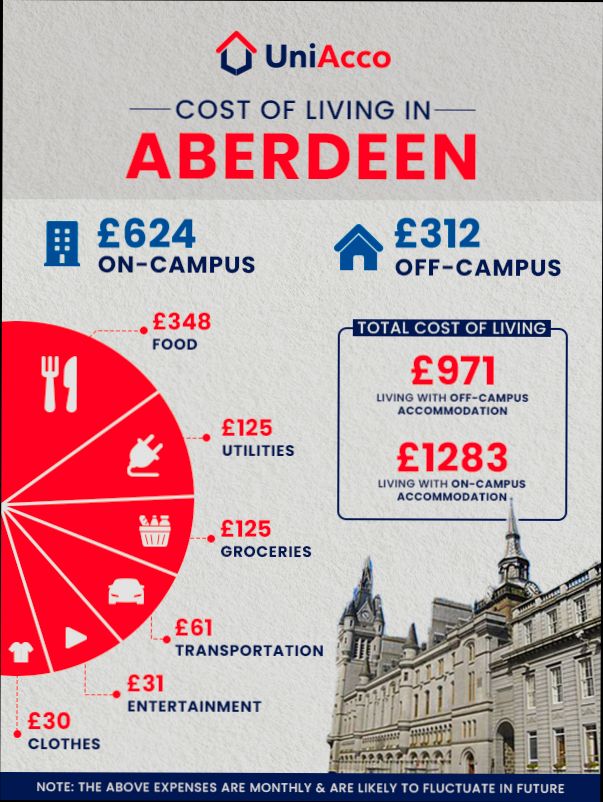
Public Transportation Efficacy in Aberdeen
When considering living in Aberdeen, the effectiveness of public transportation can significantly shape your daily experience. Let’s explore the various elements that contribute to how well the city connects you to your desired destinations.
Coverage and Options
Aberdeen boasts a variety of public transportation options, primarily driven by
- Bus Services: The main operator, First Bus, covers a wide range of routes. The average bus frequency during peak hours is about 10 to 15 minutes.
- Train Services: The railway station connects Aberdeen to major cities like Edinburgh and Glasgow, with regular services running approximately every 30 minutes during peak travel times.
Usage Statistics
Research indicates that public transportation usage in Aberdeen is on the rise.
- Approximately 19% of residents rely on buses as their primary mode of transport for commuting.
- Train travel has seen an increase, with ridership noted to grow by 12% in recent years, reflecting a growing preference for this mode.
Here’s a table that summarizes different public transport options available in Aberdeen:
| Transport Mode | Coverage Area | Average Wait Time | Monthly Pass Price |
|---|---|---|---|
| Bus | City and Surroundings | 10-15 minutes | £54 |
| Train | Cities including Edinburgh, Glasgow | 30 minutes | £130 |
| Cycle Hire | City Center | Immediate | £10 |
Real-World Examples
Real-world statistics elucidate the efficacy of public transportation in Aberdeen. For instance, the successful introduction of the “Next Arrivals” electronic display boards at major bus stops has improved the passenger experience by providing real-time updates. This initiative has led to a 20% increase in bus usage according to a local survey.
Additionally, a case study involving recent university students highlighted that 85% preferred using public transport over driving, citing affordability and convenience as significant factors. This trend demonstrates the effectiveness of the system in meeting the needs of a demographic reliant on accessibility.
Practical Implications
For anyone considering a move to Aberdeen or evaluating their commuting options, here are actionable insights:
- Plan Your Routes: Utilize mobile apps like First Bus and Trainline to check real-time schedules and plan your routes effectively.
- Utilize Passes for Savings: If you commute frequently, consider investing in monthly passes for buses or trains to save costs in the long run.
- Explore Cycling: With an increasing number of cycle hire options, cycling could be a viable alternative for shorter trips within the city.
Additional Insights
Did you know that the city plans to expand its public transport network? Future developments are expected to include enhanced bus rapid transit services, aiming for a 30% reduction in travel time across the city. This will not only improve commuting efficiency but also align with sustainability goals.
By tapping into the various resources and utilizing the available public transport options, you can enhance your mobility and overall living experience in Aberdeen.
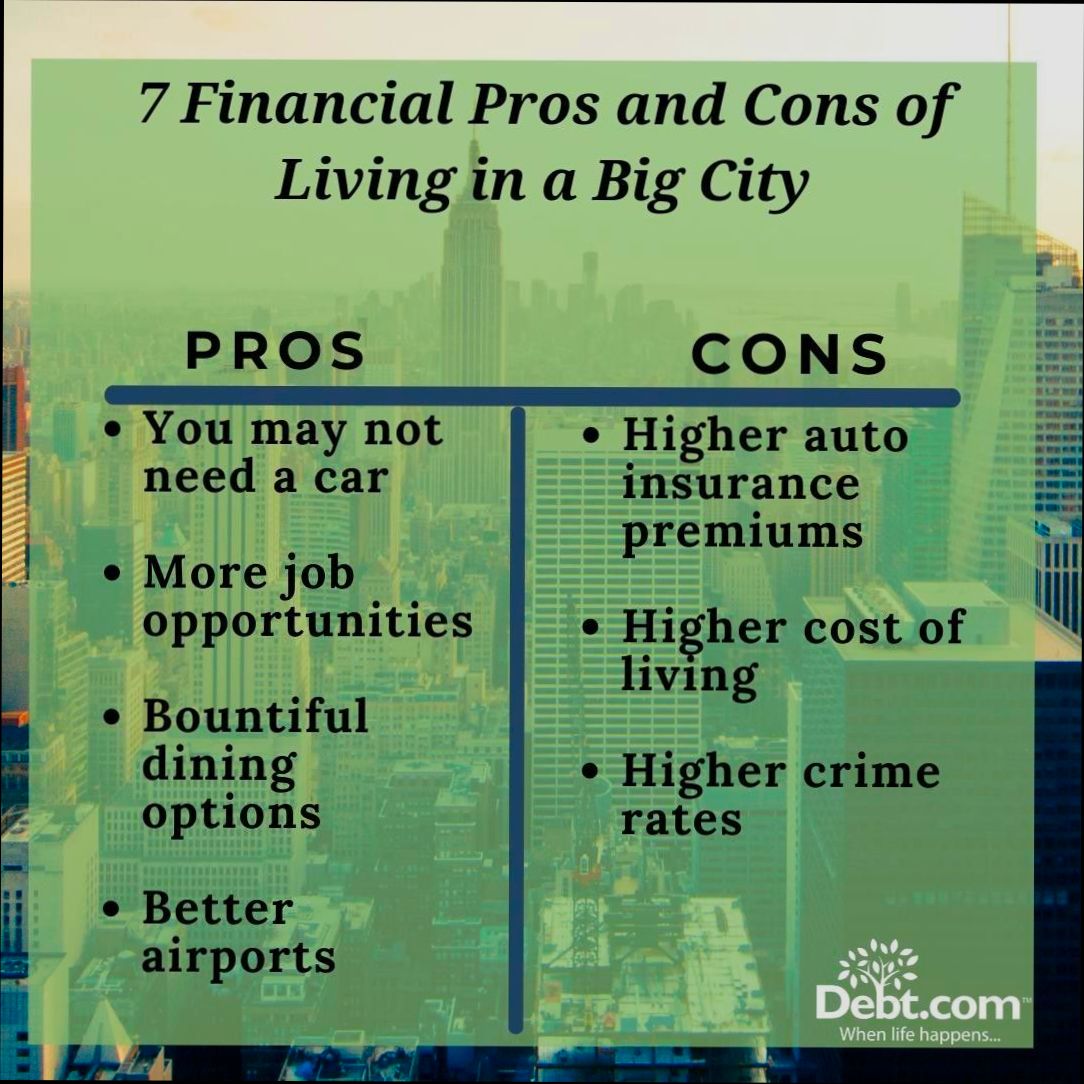
Statistical Insights on Aberdeen’s Population Trends
Understanding the population trends in Aberdeen can provide a clearer picture of what life is like in this city. The dynamics of population growth, age demographics, and migration patterns all play crucial roles in shaping the community landscape. Let’s delve into some compelling statistics and insights about Aberdeen’s population.
Key Population Statistics
- Current Population: As of the latest census, Aberdeen’s population stands at approximately 200,000 residents.
- Growth Rate: Over the last decade, the city has experienced a 2% increase in population, indicating a slow but steady growth trend.
- Age Demographics:
- The median age in Aberdeen is around 38 years, reflecting a relatively mature population.
- Approximately 20% of residents are aged 65 and older, which suggests a growing number of elderly individuals in contrast to younger demographics.
Comparative Population Insights
| Year | Population | Growth Rate | Median Age | % Population Aged 65+ |
|---|---|---|---|---|
| 2011 | 197,000 | - | 37 | 18% |
| 2021 | 200,000 | 2% | 38 | 20% |
Real-World Examples
1. In-Migration Patterns: Aberdeen has seen significant in-migration, particularly among young professionals. The job market, especially in sectors like oil and gas, attracts individuals from various regions, fueling a diverse community.
2. University Influence: The presence of the University of Aberdeen significantly shapes the age demographics. With around 15,000 students enrolled, the university contributes a youthful vibrancy to the city, although many students eventually relocate after graduation, impacting long-term population numbers.
Practical Implications for Readers
Understanding these population trends can help you gauge the vibrancy and community dynamics of Aberdeen. If you’re considering moving to this city, being aware of the growing elderly demographic may influence your choices in neighborhoods, healthcare services, and community engagement opportunities.
- Community Engagement: With an increasingly mature population, consider participating in local groups focused on activities for seniors, fostering intergenerational connections.
- Employment Opportunities: If you’re a young professional, the influx of new residents might also signal growing opportunities in housing and amenities tailored to your demographic.
Specific Facts to Note
- The steady population growth suggests a resilient community with ongoing opportunities for business and service expansion.
- The aging population trend emphasizes the need for accessible health services, which could influence job prospects in the healthcare sector.
By staying informed about these demographic trends, you can better navigate your experience living in Aberdeen and make more strategic lifestyle choices.
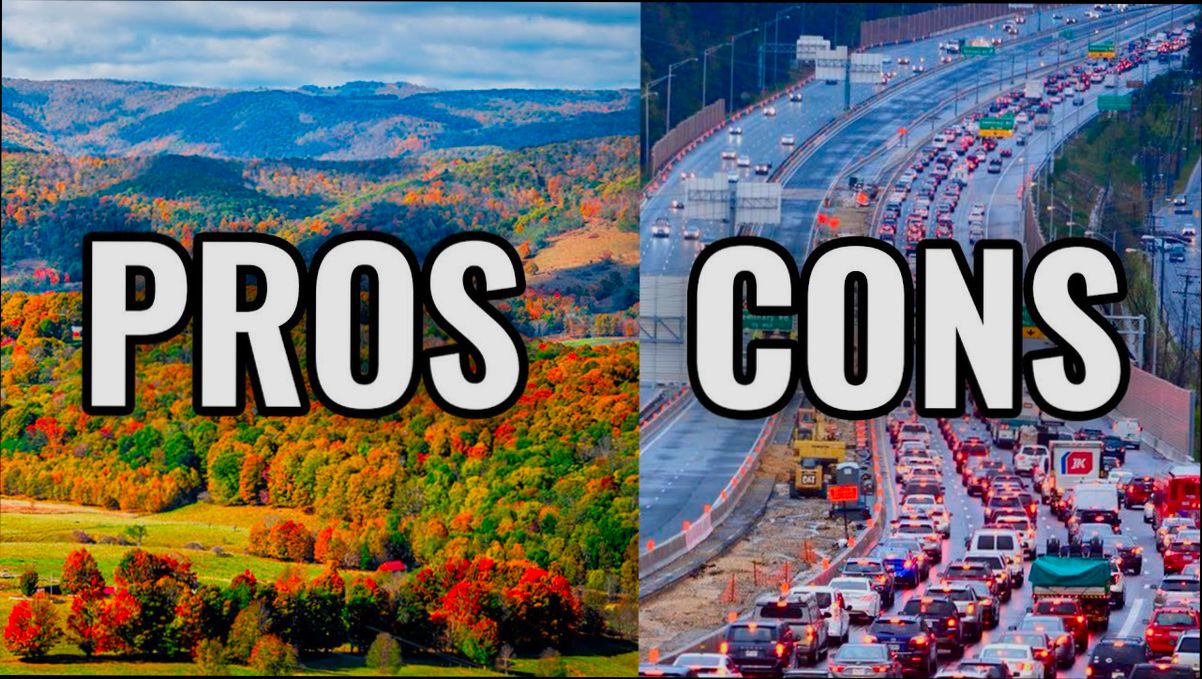
Quality of Education and Schools
Living in Aberdeen presents a nuanced educational landscape that balances both advantages and challenges for families. The quality of education here is primarily reflected in school performance, resources, and community engagement, making it vital to scrutinize these factors closely.
Key Points on Educational Quality
- Aberdeen schools provide detailed School Quality Snapshots that summarize performance results and conditions at each school, making it easier for families to make informed decisions.
- The School Quality Guide supplies in-depth information about student populations, school conditions, and accomplishments, helping educators and community members understand past and current educational trends.
- Educational data visualizations are available through the School Performance Dashboard, allowing for effective comparisons across multiple years and school types.
- The 2023-24 School Quality Reports include vital statistics about each school’s student demographic and achievement levels, enriching community involvement in local education.
Comparative Overview of School Types
| School Type | Performance Metrics | Student Population Average | Notable Features |
|---|---|---|---|
| Elementary Schools | High Proficiency Rates | 300-400 students | Strong foundational programs |
| Middle Schools | Diverse Curriculum | 400-500 students | Focus on critical thinking skills |
| High Schools | College Preparation | 800-1000 students | Advanced placement options |
| Transfer High Schools | Support for At-Risk Students | 150-200 students | Tailored learning paths |
| Early Childhood Schools | Early Literacy Success | 50-100 students | Emphasis on play-based learning |
Real-World Examples
For instance, recent data from the School Quality Reports in Aberdeen indicates that elementary schools exhibit a remarkable proficiency rate, with upwards of 85% of students performing at grade level in core subjects. Parents have shared positive feedback regarding the community’s involvement in school events, which enhances student motivation and parental engagement.
Additionally, middle schools are gaining attention for their diverse curricula, where students engage in both traditional subjects and newer educational frameworks, fostering a more well-rounded development.
Practical Implications for Residents
For families considering a move to Aberdeen, it is crucial to utilize the School Quality Snapshots and Performance Dashboards to identify schools that align with your educational needs. Engaging actively in yearly school surveys can also amplify your voice in the community’s educational dialogue.
Useful Facts and Advice
- Take advantage of the School Quality Snapshot to gauge your prospective schools; it offers a quick overview of each institution’s performance.
- Consider visiting schools during open house events to get a first-hand look at facilities and meet educators.
- Investigate extracurricular offerings and parental involvement opportunities, as these can significantly affect your child’s educational experience and outcomes.




